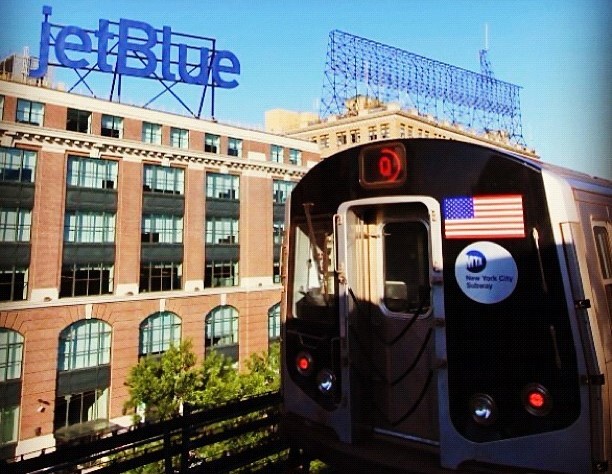Yes after reading the provided links (and they aren't really news, periodically someone posts here something about all the shit that happened there) I am strongly lead to think that at last some people there should have been subjected to Soviet Style Justice.
One of the rare occasions where lining pretty much all of a companies leadership up against a wall would have been both a vast improvement to the human race and a massive boon to the US war effort.
